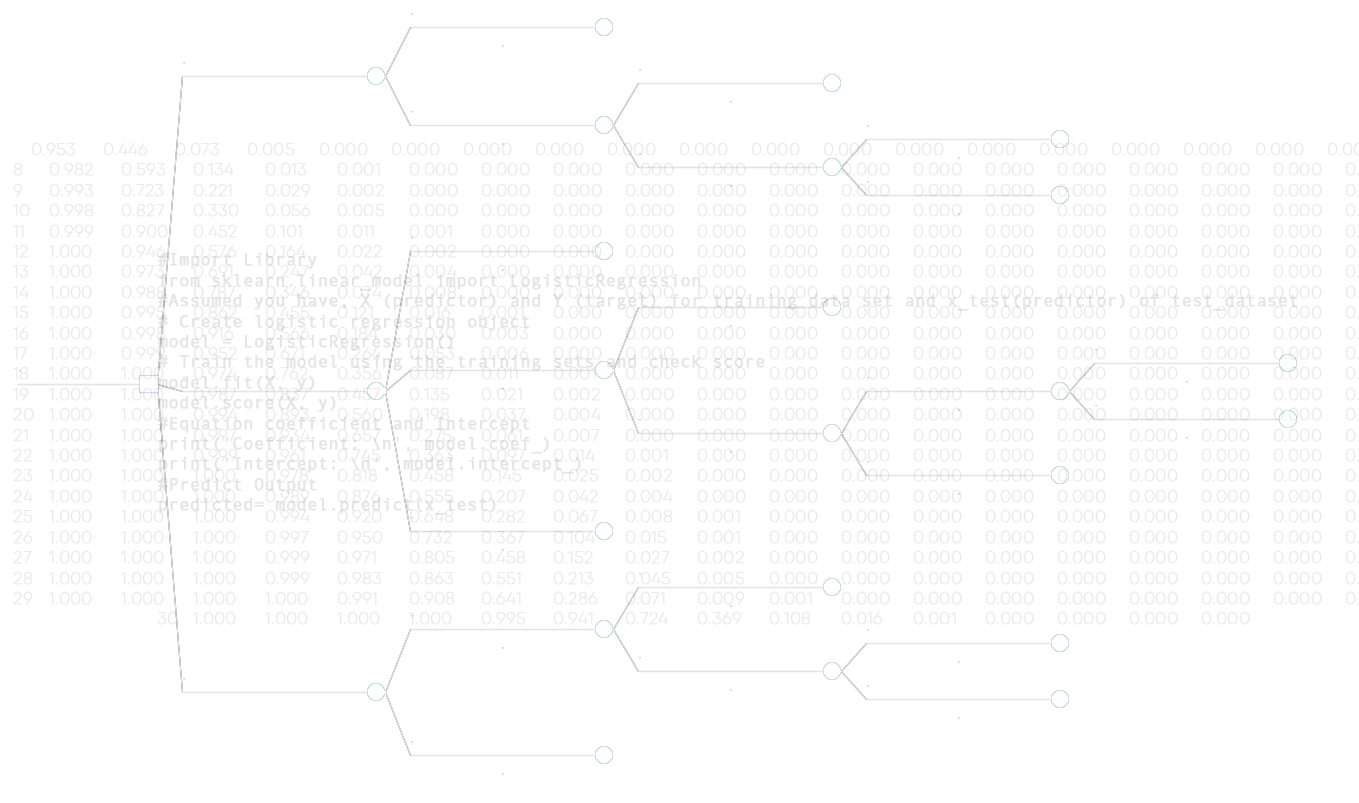
Insights
Beyond Brand Identification: The Certification Trademark
When we think of trademark law, we usually think of trademarks as applying only to identify brands. However, trademark law covers more than just brand identification, including certification marks that don’t have anything to do with identifying a particular brand but instead show—or “certify”—that certain standards or qualifications have been met.
Trademarking Foreign Words: Should I Include the Accents?
Even though we don’t often use accents—also known as diacritics—in everyday English, brand and product names are filled with words containing diacritics—from Hermès, L'Oréal Paris, and Lancôme, to Uterqüe and Castañer. To ensure the enforceability of your trademark, you will want to make sure to include things like accents and cedillas if the context calls for it in your trademark application.
Risks of Using Nonparty Subpoenas to Obtain Discovery
Case law is increasingly clear that nonparty subpoenas should not be a substitute for traditional discovery or a workaround when a party fails to get the information via more appropriate means. This blog post outlines the risks involved in relying on nonparty subpoenas to obtain discovery.
When Can You Inspect an Opposing Party’s Computers and Digital Data in Litigation?
Parties in litigation can file requests to inspect the opposing party’s computers or other electronic devices for evidence to support their claims. However, due to the intrusive nature of such requests, courts won’t just rubber stamp any request to inspect. This blog post discusses the requirements necessary to support such a request.
Protecting Your App Icon
Creating and protecting a distinct and eye-grabbing app icon can help users to quickly identify your app on their device. You can and should consider protecting your app icon through trademark registration, copyright registration, and trade dress protection.
5 Types of Unconventional Trademarks
Trademarks are typically thought of as slogans, logos, or brand names, but trademarks can be so much more. This post discusses 5 unconventional types of trademarks.
Is Your Trademark Distinctive Enough To Be Protected Under Federal Law?
The purpose of a trademark is to distinguish goods/services and their source from other goods/services in the marketplace. To further that purpose, federal courts have created a sliding scale under which the degree of protection a mark receives depends on its level of distinctiveness. The five categories, in order from least distinctive to most distinctive, are: (1) generic marks, (2) descriptive marks, (3) suggestive marks, (4) arbitrary marks, and (5) fanciful marks. Below is a brief description of each category and the level of protection a trademark that falls in that category receives under federal law.
Trademarks 101 - What You Need to Know to Protect Your Business Trademarks
Your business name and brand are some of its most important and valuable assets. Here are the basics of what you need to know to protect your business trademarks.








